Cultural Care statement (disclaimer)
Users are advised that this Aboriginal and/or Torres Strait Islander material may contain culturally sensitive imagery and descriptions which may not normally be used in certain public or community contexts. Annotation and terminology which reflects the creator's attitude or that of the era in which the item was created may be considered inappropriate today. This material may also contain images, voices or names of deceased persons.
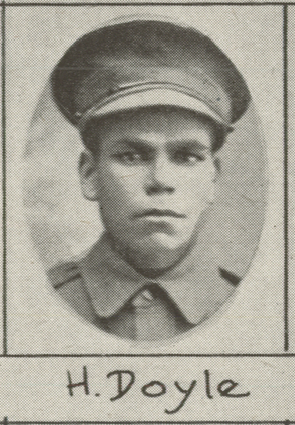
It is estimated that 1,200 Aboriginal and Torres Strait Islander men and women volunteered for the AIF during WW1. It should be remembered that this was a time when Aboriginal and Torres Strait Islander people were not recognised as Australian citizens and suffered under the strict policies and practices of the Protection Era. The Defence Act initially excluded Aboriginal and Torres Strait Islander people from enlisting – resulting in many Indigenous people enlisting under assumed ethnicity/cultural backgrounds. Some even changed their names, place of birth and other personal details to enlist! Fortunately, there are some historical sources and recent research activities that can help communities uncover their Indigenous soldiers.
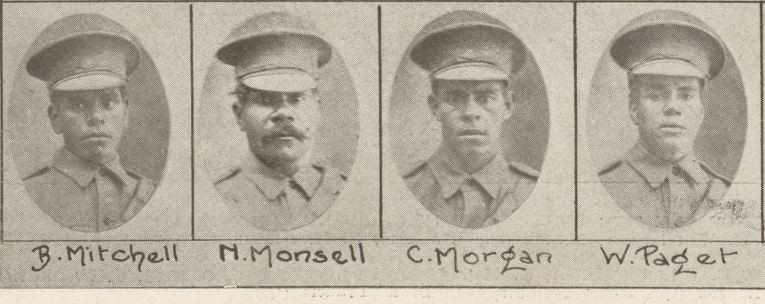
The recent digitisation of the Queenslander Newspaper and uploading of images to One Search has broadened this research to identify potential soldier who may not appear in lists of Indigenous soldiers. It has also enabled families and researchers to put a face to a soldier's name.
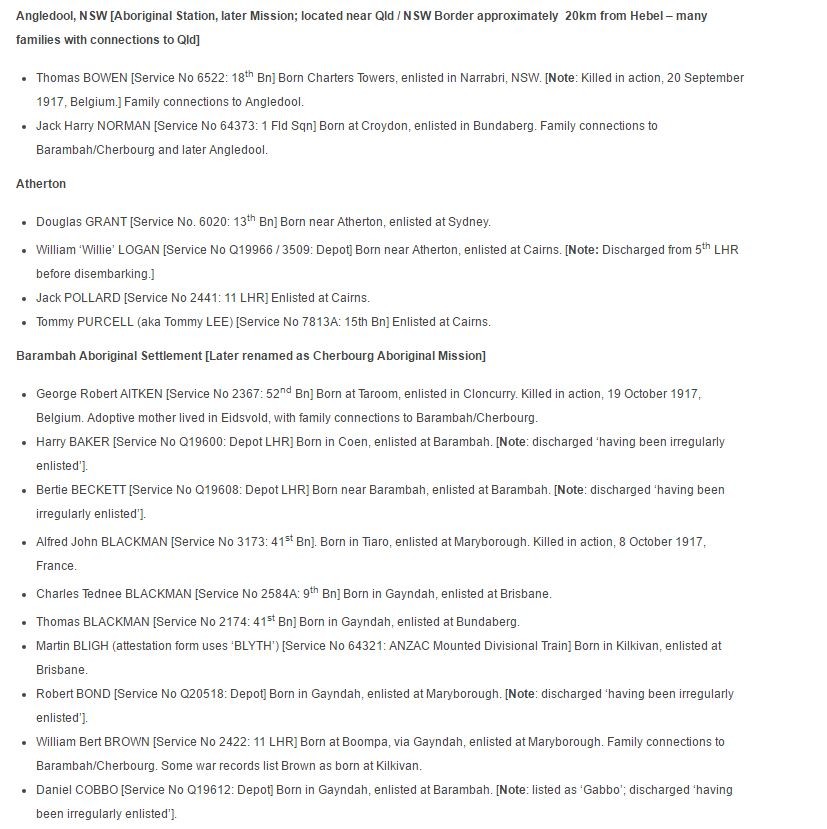
State Library through their Q ANZAC 100 project has been steadily working towards identifying Aboriginal and Torres Strait Islander soldiers but also supporting the research of communities and individuals. The above image is from a list of known Indigenous soldiers - a webpage on the State Library's website provides a guide to those soldiers who enlisted from communities and regional centres. This research guide was originally developed for Indigenous Knowledge Centres (IKCs) to coincide with the 2014 NAIDOC Week theme of 'Serving Country: centenary and beyond'.
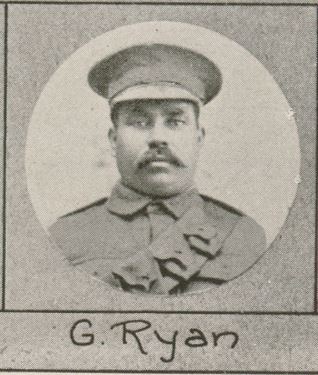
Since then, the list has steadily grown with further research adding names to the existing research of Philippa Scarlett, David Huggonson, Australian War Memorial and others. Some of these were previously unknown; for example George Ryan whose photo appears in both the Queenslander and Northern Herald newspapers. In May 1918, George was working on Bowie Station via Pentland when he enlisted a second time - his next of kin being the property owner Harold Herrod. George was assigned to the 5th Reinforcements to Egypt, however he did not get the opportunity to serve overseas as his period enlistment was terminated on 31 December 1918.
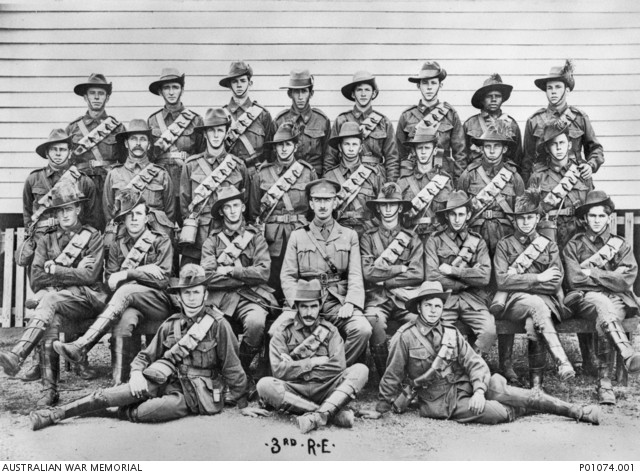
AWM P01074.001, 3rd Reinforcements LHR to Egypt.
Private George Ryan is only one story of the many Aboriginal and Torres Strait Islander men who volunteered or enlisted in the first AIF. Often there are only photos of Aboriginal men as the sole reminder of their war service - Trooper Frederick Coolwell is shown above in this AWM photograph of the 3rd Reinforcements Light Horse to Egypt. If you have further information to add to the stories of Indigenous soldiers, please contact the State Library of Queensland.
Desmond Crump, Indigenous Languages Coordinator, Queensland Memory
Further Reading
- Pratt, R. (1993) Biographical register of Queensland Aborigines who served in the Great War, 1914-1918. P 940.403 pra
- Queensland's Indigenous Servicemen Digital Story and Oral History 2015. Digital Story 29841
- Ration Shed Museum (2015) The boys from Barambah: The story of the black diggers of Barambah-Cherbourg of World War 1. JUVQ 940.400899915 NEW
- Scarlett, P. (2011) Aboriginal and Torres Strait Islander volunteers for the AIF: the Indigenous response to World War One. Q 940.40994 SCA
- Winegard, T. C. (2012) Indigenous peoples of the British dominions and the First World War. 940.341 2012
Online Sources
- Australian War Memorial, Photograph P01074.001, 3rd Reinforcements to Egypt.
- State Library of Queensland - Find your soldier webpage
- State Library of Queensland - Indigenous Participation in WW 1 webpages
- State Library of Queensland History Pin - Indigenous Enlistment
Q ANZAC 100 Community Projects
- Black Diggers of Logan : Logan Library commemorates the Aboriginal, Torres Strait and Australian South Sea Islanders who fought alongside their comrades despite not being officially counted as people of their own nation during the First World War.
- HistoryPin Project
- Boys from Barambah: The Story of the black diggers of Barambah-Cherbourg of World War 1: Commemorates the men from Barambah Mission and their involvement in WW1.
- Stradbroke 100: North Stradbroke Island’s First World War Soldiers and the Homefront Exhibition and accompanying booklet that explored the war experiences and post-war lives of 22 soldiers, including 14 men who were Aboriginal.
Comments
Your email address will not be published.
We welcome relevant, respectful comments.